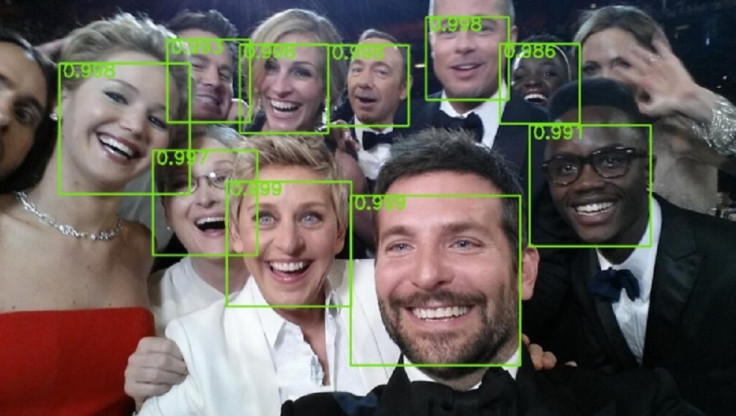Face recognition algorithm breakthrough can spot even partially hidden faces on CCTV

Computer scientists from Stanford University and Yahoo Labs have discovered a new computer algorithm that can recognise faces in images from many different angles, which could mean even more powerful search engines for CCTV systems in the future.
So far, facial recognition software has only been able to detect and recognise faces that are viewed from the front, based on an algorithm built by Paul Viola and Michael Jones in 2001.
The researchers realised that light hitting the bridge of the nose forms a vertical line that is much brighter than the eye sockets, and that the eyes tend to often be in shadow, forming a darker, horizontal band.
So their algorithm was programmed to look for vertical bright bands in an image first and foremost, and then see if there are horizontal dark bands nearby and other general patterns associated with the shape of a face.
Their work has formed the basis of all facial recognition software today, which is used not just to tag your friends in photos on Facebook, but also by law enforcement agencies and immigration officials around the world.
But due to the way the algorithm was built, the facial recognition software is unable to spot faces from any other angle rather than the front, so researchers from Stanford University and Yahoo Labs decided to improve on it.
Sachin Farfade and Mohammad Saberian at Yahoo Labs in California and Li-Jia Li at Stanford University created a database of 200,000 images that featured faces at various different angles and orientations towards the camera, as well as 20 million images that had no faces at all.
They then trained the computer to search for faces in batches of 128 images over 50,000 iterations, and the result was the Deep Dense Face Detector, a single algorithm that can spot faces from various different angles with great accuracy, even when the faces are upside down.
"We evaluated the proposed method with other deep learning based methods and showed that our method results in faster and more accurate results," said the researchers.
"We are planning to use better sampling strategies and more sophisticated data augmentation techniques to further improve performance of the proposed method for detecting occluded and rotated faces."
The researchers say that the technology can be used to look through old photographs and videos, which means that it could be very useful as an archive search tool.
And of course, as facial recognition technology improves, it will filter down and eventually even your Kinect controller will become more powerful when playing computer games.
Their research, entitled "Multi-view Face Detection Using Deep Convolutional Neural Networks" is published on Cornell University Library's open source database.
© Copyright IBTimes 2025. All rights reserved.




















